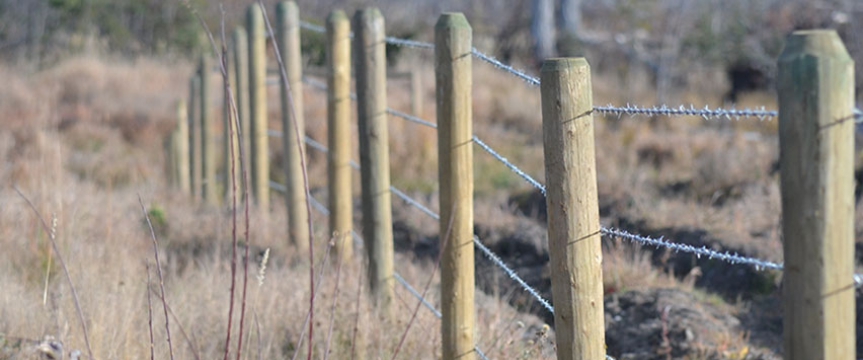Forest licensees and ranchers need to work together
VICTORIA – An investigation of how well forestry operators maintain natural range barriers has found room for improvements, according to a report released today.
The board concludes that forestry operators and ranchers need to work co-operatively where forest and range tenures exist on the same land base.
Standing timber can act as a natural barrier that keeps cattle on public land from grazing where they should not, such as in another rancher’s pasture. When those trees are harvested by forest companies, the companies are required to mitigate any impacts to the natural barriers – often by installing fencing or creating other physical barriers to cattle. The Forest Practices Board examined 56 forestry plans and looked at 10 case studies to see how well natural range barriers are being managed.
“Our investigation found that overall, forestry plans are not clearly stating how forest companies will protect range barriers and that ranchers and forest companies need to improve co-ordination of their activities and interests,” said board chair Tim Ryan.
“By identifying and agreeing on where these natural barriers exist and how any impacts from timber harvesting will be addressed, more effective stewardship of the land will result. Ultimately, effective mitigation of impacts on timbered range barriers requires open communication and respect for each other’s tenured rights,” Ryan said.
The board makes several recommendations to government and suggests ways the two industries can be proactive and communicate better.
The Forest Practices Board is B.C.’s independent watchdog for sound forest and range practices, reporting its findings and recommendations directly to the public and government. The board can investigate and report on current forestry and range issues and make recommendations for improvement to practices and legislation.
More information can be obtained by contacting:
Darlene Oman
Communications
Forest Practices Board
Phone: 250 213-4705 / 1 800 994-5899
March 3, 2015
Related Reports


